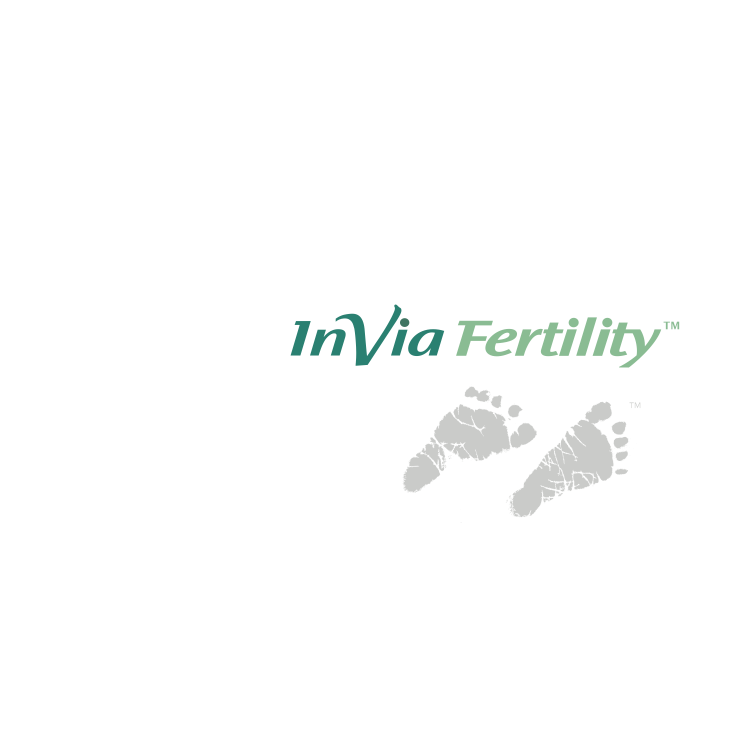We are experiencing a very high volume of calls and messages and ask for your patience. We will answer your portal messages within 48 hours.
We are experiencing a very high volume of calls and messages and ask for your patience. We will answer your portal messages within 48 hours.

Picking out the best embryos for transfer is a bit like a beauty pageant; the prettiest ones typically win. While morphology is used the majority of times to decide which is the best embryo to transfer, studies from many different IVF centers worldwide have shown that “good looks” don’t always equate to a “good embryo”. Embryos with the best morphology can be chromosomally abnormal, leading to embryos that can’t implant, can’t result in a live birth, or have chromosomal imbalances leading to genetic anomalies such as Down’s syndrome. Even in women younger than 35, at least one third of the embryos have abnormal numbers of chromosomes. The number of embryos that have abnormal chromosomes increases each year as women age.
A technique called Preimplantation Genetic Diagnosis (PGD) can detect embryos that are chromosomally normal, in terms of chromosome number, (and also single gene disorders; however different tests will be needed to be run for those cases). (PGD and PGS are often discussed together, but are two very different things.) PGD can improve the chance of getting pregnant and carrying to term, decrease early pregnancy loss, and it can reduce the chance of having a baby with a genetic condition related to chromosomal aneuploidy (too many or too few chromosomes).
PGD involves removing (biopsying) one or more cells from each embryo, followed by a genetic analysis using a technique called micro array PGD. This technique uses a new technology, Single Nucleotide Polymorphisms (SNPs) in order to assess all 23 pairs of chromosomes. Unlike previous technologies, such as fluorescence in-situ hybridization (FISH), where only a few of the chromosomes could be tested, microarray allows for testing of all 46 chromosomes (23 pairs of chromosomes). Subsequently, only embryos with a normal number of chromosomes can be transferred back to the uterus. Euploid embryos (those having the correct number of chromosomes) have a higher chance of implanting, resulting in pregnancy and not miscarrying, than abnormal embryos. Microarray PGD also has the ability to identify whether the abnormal chromosome came from the mother or father. This can help to identify where the infertility issues lie, within sperm or egg, or both.
Most chromosomally abnormal embryos either do not implant or spontaneously abort shortly after implantation. Thus, if only normal embryos are replaced, which have higher chances of implanting and reaching term, the probability of conceiving a healthy child may increase if PGD is applied.
While microarray is a relatively new method for determining the chromosomal status of an embryo, the biopsy and embryo freezing techniques have been in use for many years. The risk of accidental damage to an embryo during the removal of the cell(s) is less than 1% in experienced fertility centers. Additionally, no part of the future fetus will be compromised or missing because of the removal of a cell.
To see a fertility specialist with in-depth experience providing PGD, make an appointment at on of InVia's four Chicago area fertility clinics.

Entire Website © 2003 - 2020
Karande and Associates d/b/a InVia
Fertility Specialists
